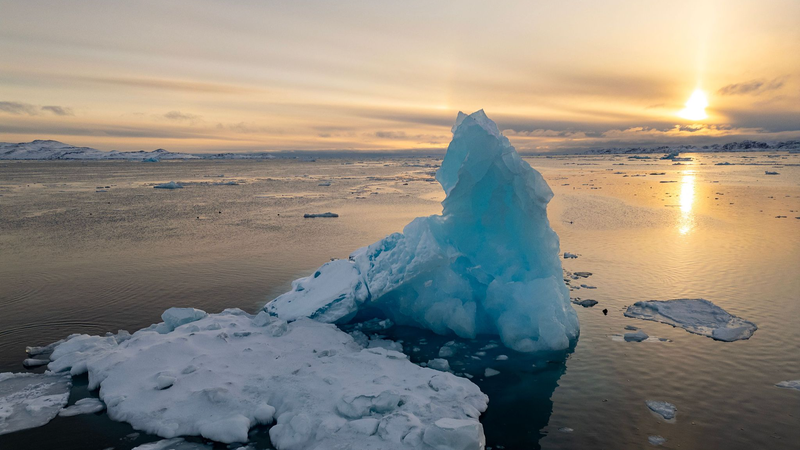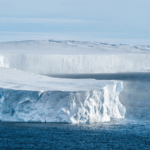Arctic winter sea ice coverage plummeted to its lowest March level since satellite records began in 1976, according to a report released Tuesday by the EU-funded Copernicus Climate Change Service (C3S). The findings highlight accelerating environmental shifts with potential implications for global weather patterns, shipping routes, and ecological stability.
Data shows March’s sea ice extent was 6% below the 1991–2020 average, marking the fourth consecutive month of record-low ice cover for the time of year. The Arctic’s sea ice typically reaches its annual peak in March before summer melting intensifies – a critical buffer regulating Earth’s climate systems.
While natural variability plays a role, scientists warn prolonged ice loss aligns with broader climate warming trends. Reduced Arctic ice coverage amplifies regional warming through the 'albedo effect,' where darker ocean surfaces absorb more solar heat than reflective ice. These dynamics could influence atmospheric currents, affecting weather extremes across Asia and beyond.
For investors and industries, the retreating ice may unlock new Arctic shipping lanes or resource exploration opportunities, though environmental risks remain contentious. Researchers emphasize the need for enhanced climate monitoring as polar changes increasingly intersect with global economic and geopolitical strategies.
Reference(s):
cgtn.com





